| View previous topic :: View next topic |
| Author |
Message |
xaprb

Joined: 28 Jan 2021
Posts: 171
|
 Posted: Sun Nov 14, 2021 8:30 pm Post subject: Clear View Hama 300mm f5 Mirror Lens Posted: Sun Nov 14, 2021 8:30 pm Post subject: Clear View Hama 300mm f5 Mirror Lens |
 |
|
xaprb wrote:
I've found a mirror lens that is the stuff of legend, the fabled Hama 300mm f5 variable aperture, branded as Clear View. At least, I'm pretty sure it is the Hama, under a different brand. It looks exactly like it, and matches the description.
Let me give some background, in the Jan 1983 issue of Popular Photography, which you can find on Google Books, https://books.google.com/books?id=87K4RndDazoC&pg=PA61&lpg=PA61&dq=%22hama%22+500mm+mirror+lens&source=bl&ots=tNq-C5EY66&sig=ACfU3U2jXogzYY4FvWZVQ5-2Q3_dOVQTVg&hl=en&sa=X&ved=2ahUKEwju4oHwnevxAhUhc98KHaYRAMYQ6AEwEXoECBYQAw#v=onepage&q=%22hama%22%20500mm%20mirror%20lens&f=true
the following appears: “Another notable mirror telephoto, this one with adjustable aperture, was shown by Hama. Their 500-mm f/8 lens has a ring with half-click-stopped apertures from f/8 to f/16. A spokesman for Hama explained that the lens has a tapered tube within it, which moves as the f-stop setting is changed. This cuts into the light beam, reducing the amount of light reaching the film. A brief test of the lens (in the middle of rainy Cologne) convinced me that the light was indeed being attenuated. Depth of field and evenness of illumination both appeared to remain constant. Other specifications include continuous focus to 1.7m, 77-mm front filter thread, supplied 30.5-mm rear skylight filter, and T-mount. Price in Germany is 800 DM, equivalent to about $320. Hama has no plans to import this Japanese-manufactured lens to the US, but I understand that a similar model is available here under the Rokina label. The latter company also sells a 300-mm f/5 mirror lens with a variable aperture range to f/11.â€
There's apparently not only a Rokina, or perhaps the Rokina never was sold... there's a Clear View version of the 500mm f8 lens, which was mentioned here on MFL some time ago: http://forum.mflenses.com/clear-view-500mm-mirror-lens-with-adjustable-aperture-t71011.html
I never heard or saw anything about the 300mm f5 version of this, but a couple of days ago, it showed up in a watched search on eBay, and I bought it right away. I will post below a few of the listing photos.
I haven't used it much yet, but just took a few test shots (handheld, I didn't even try too hard to avoid shake or make sure I was perfectly focused) to see if the "variable aperture" works as advertised. Essentially, it extends the inner baffle towards the secondary mirror, blocking some of the light by thinning the "donut" from the inside. And yes, this shows up in the bokeh: you can vary your bokeh from donut to thin rings. A cause for celebration or teeth-gnashing, depending on whether you think donut bokeh is cool or ghastly. I'm posting a few sample shots which are designed to maximally demonstrate the bokeh and have no other artistic value.
I'll see if I can get some realistic usage in later, but for now, a couple quick shots seem to indicate that this lens is on-par with a lot of the third-party, oft-rebranded mirror lenses from the 1980s and 1990s as far as image quality. In fact, to me, it physically looks like a variant of one of those generics that show up under so many brands, and whose true manufacturer we so often speculate about.
#1
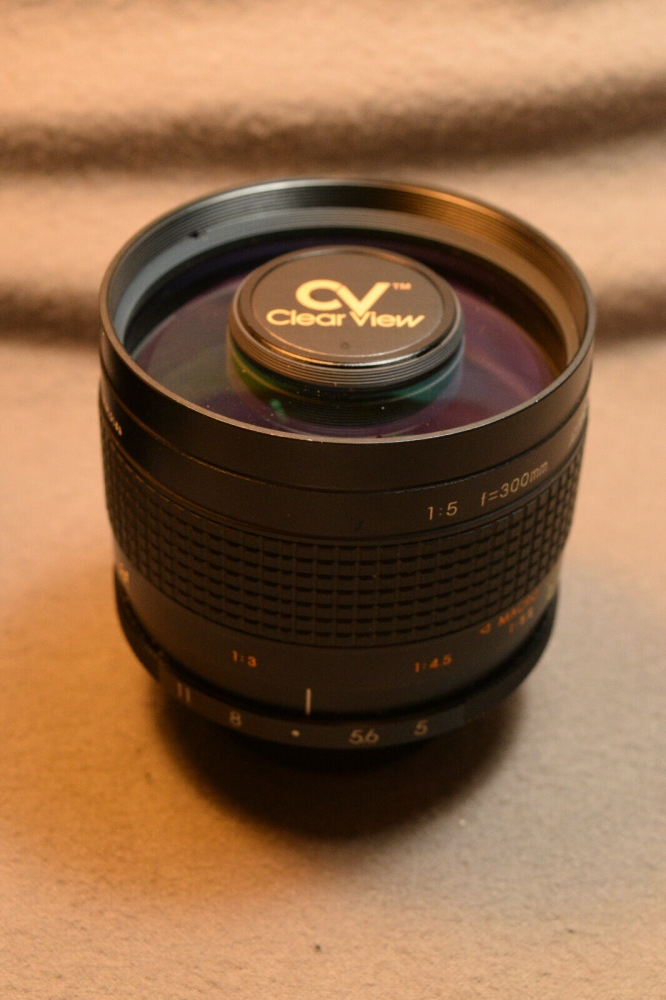
#2
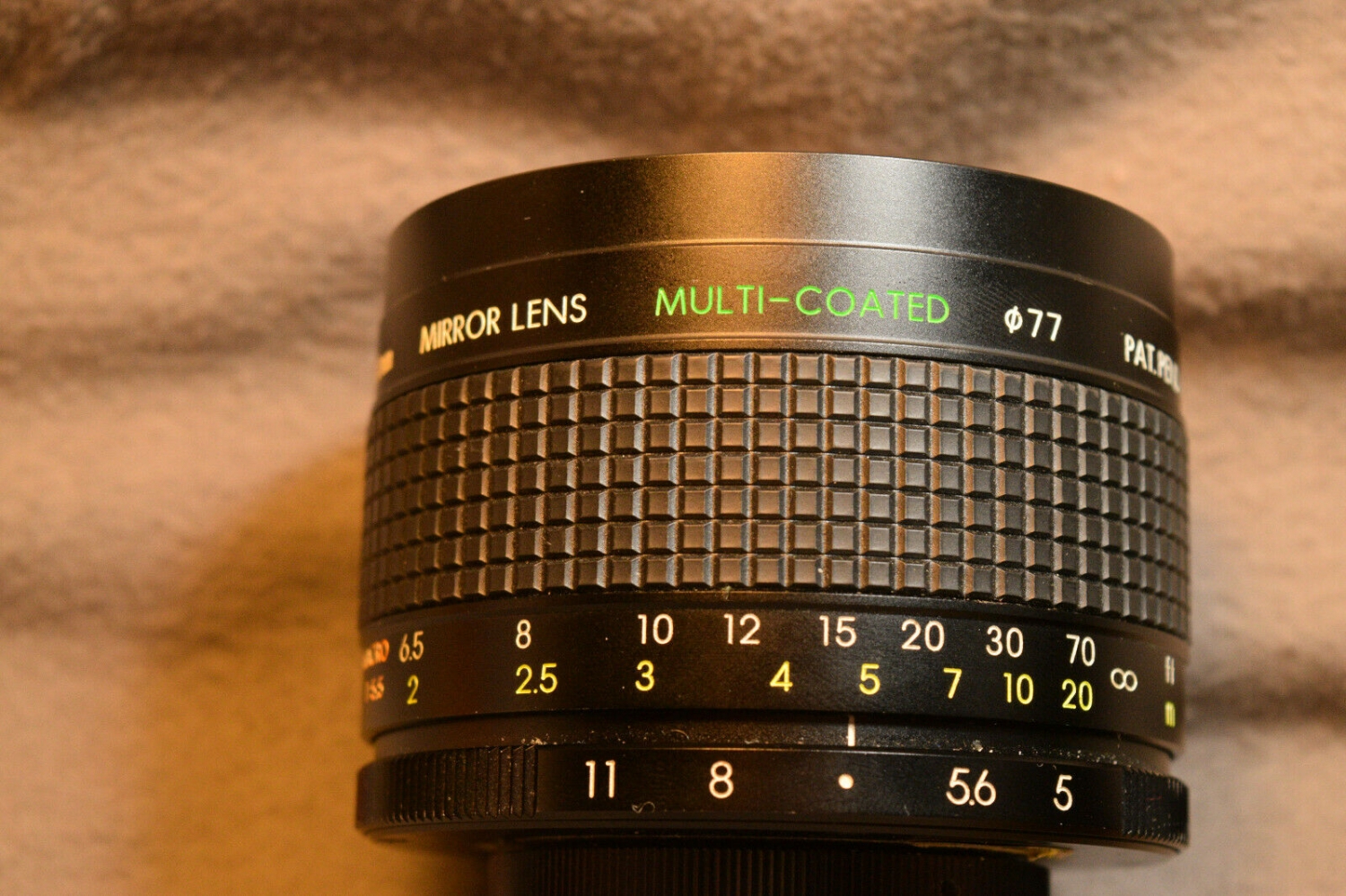
#3
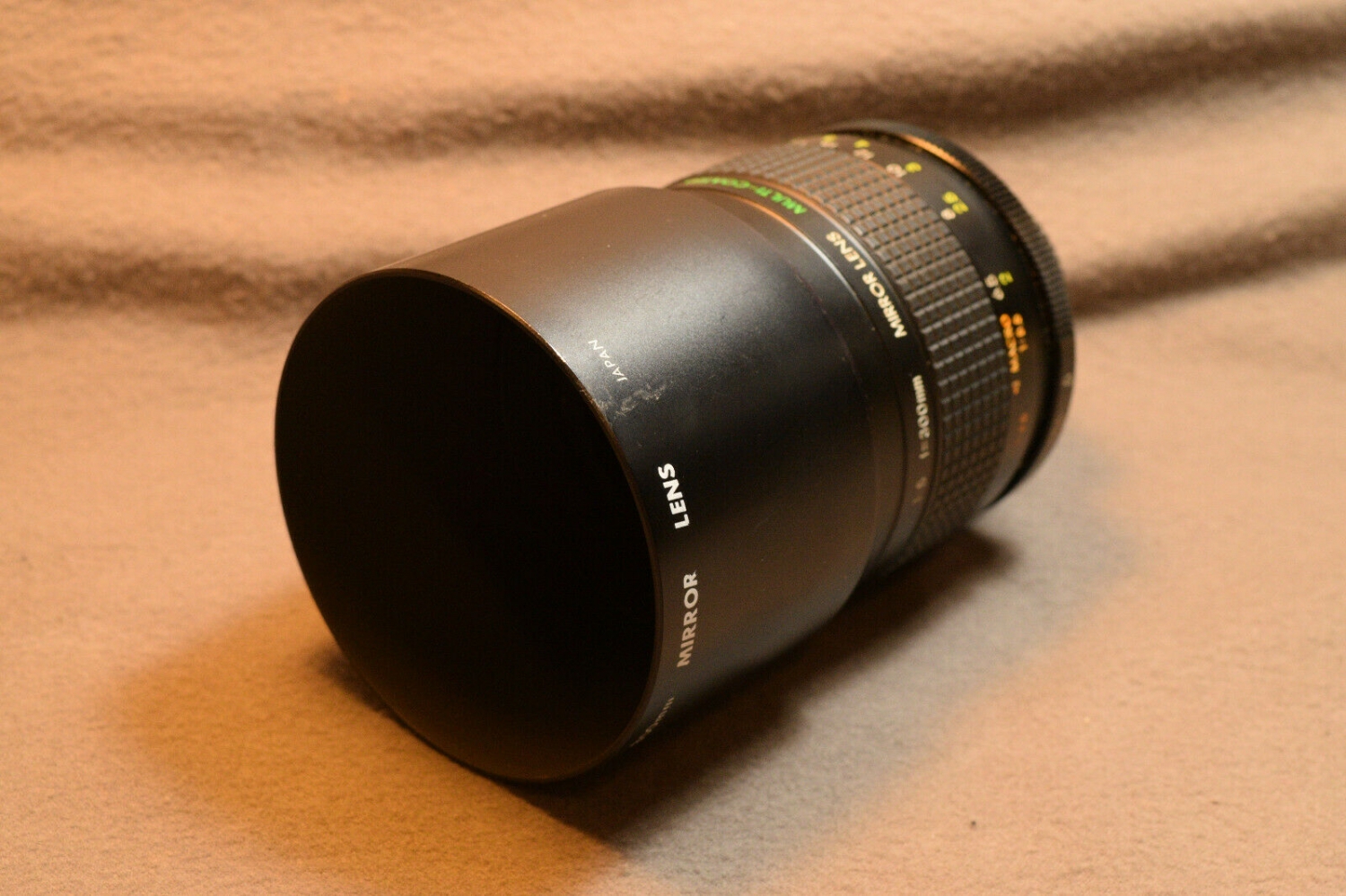
#4

#5
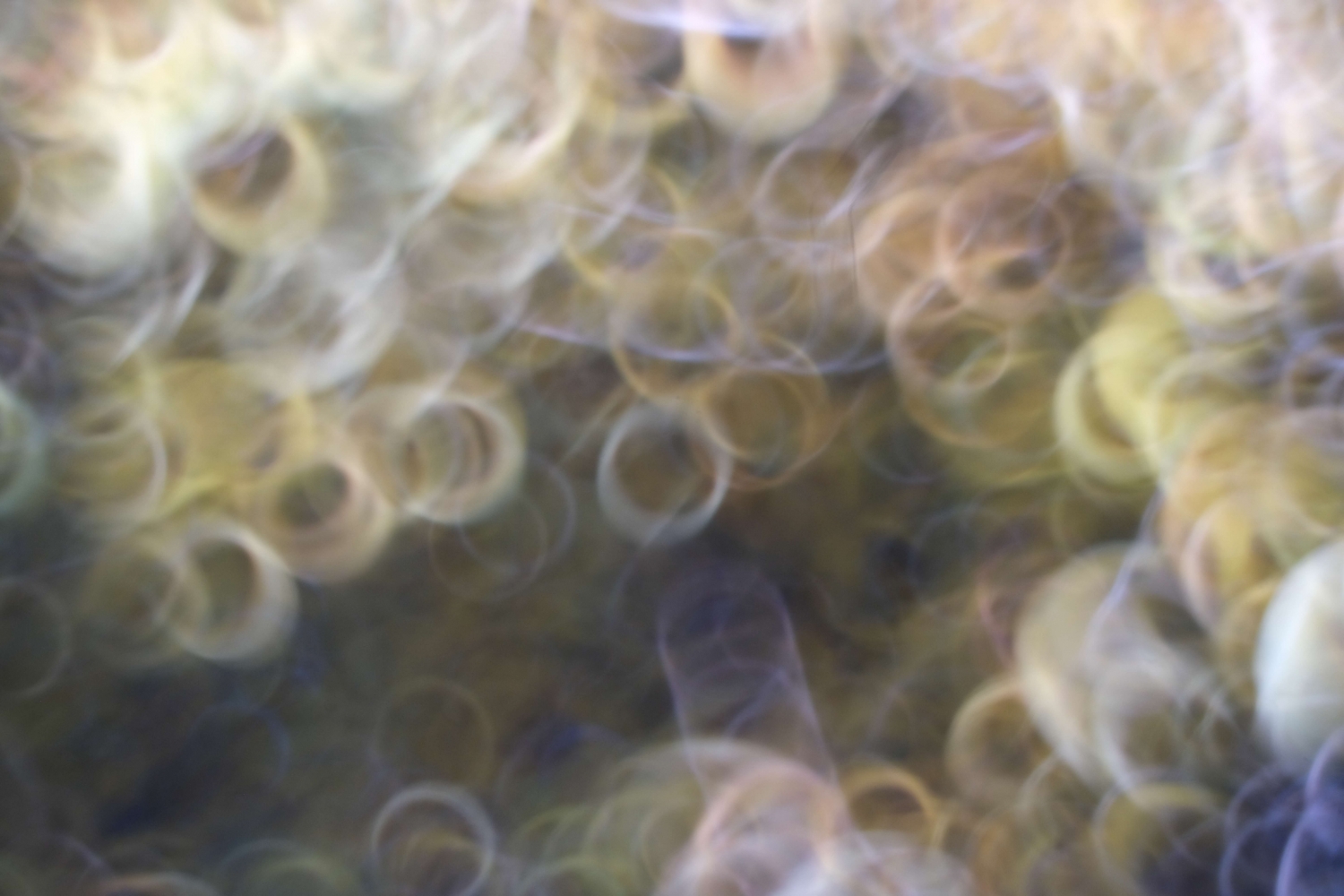
#6
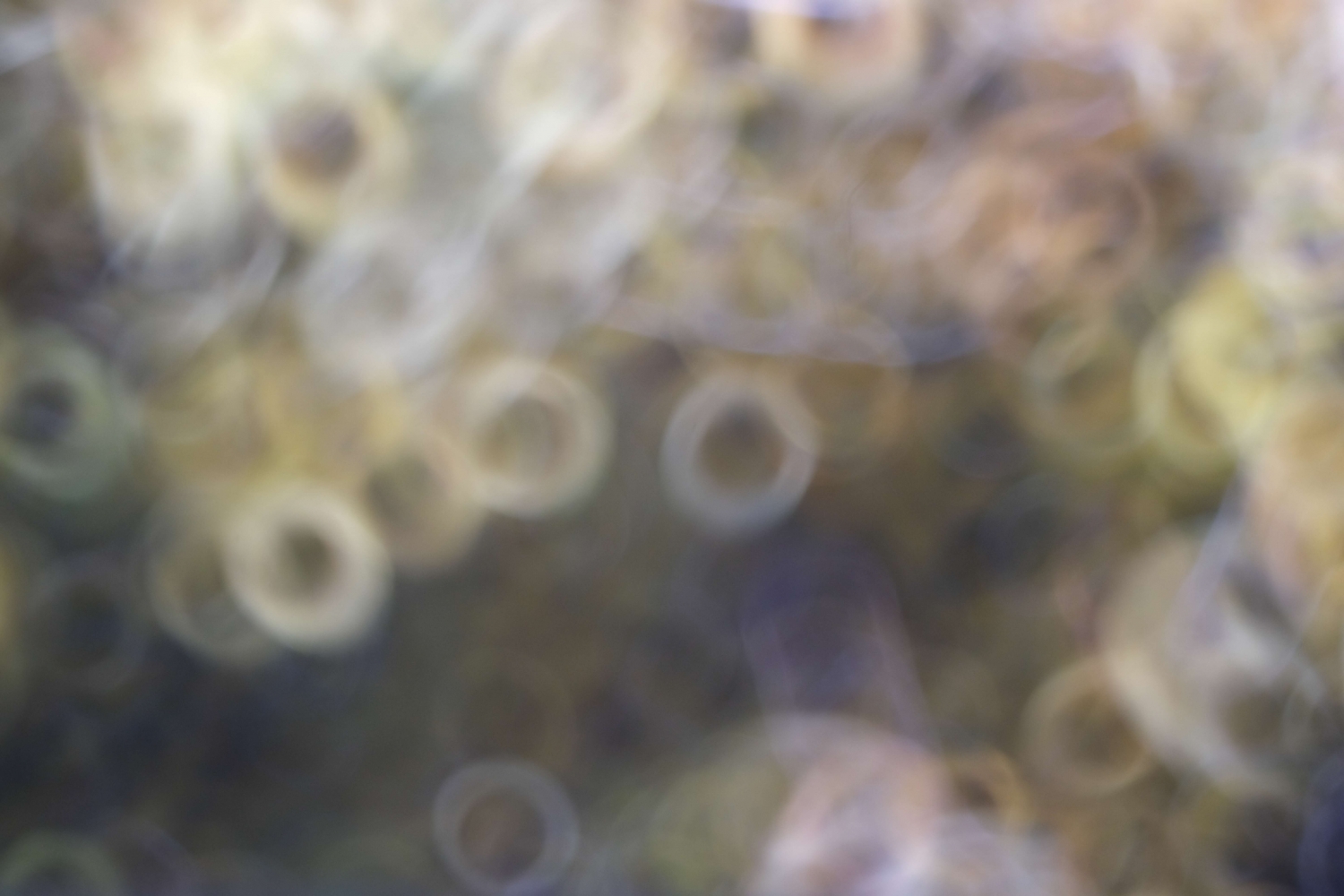
#7

#8
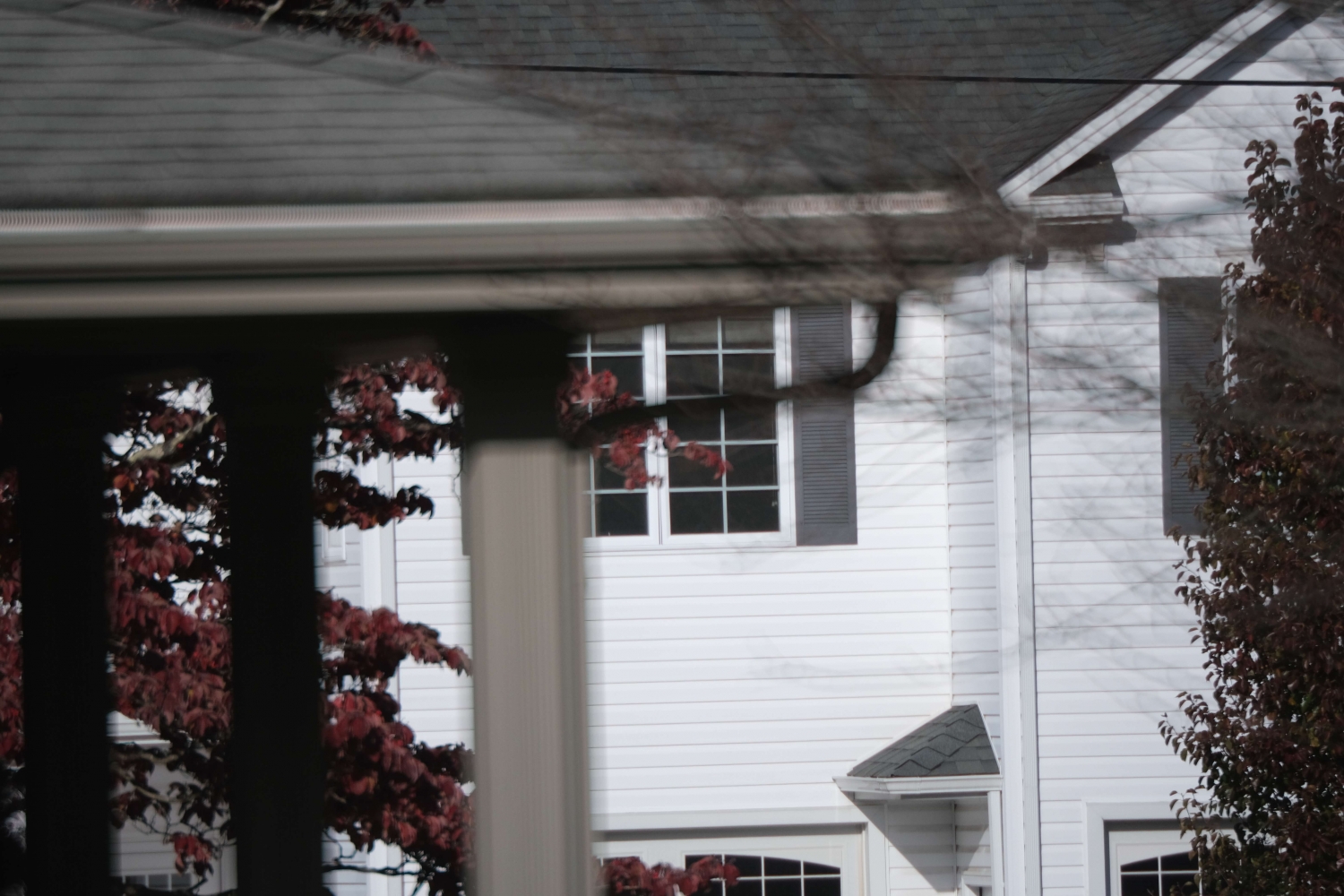
#9

#10

#11
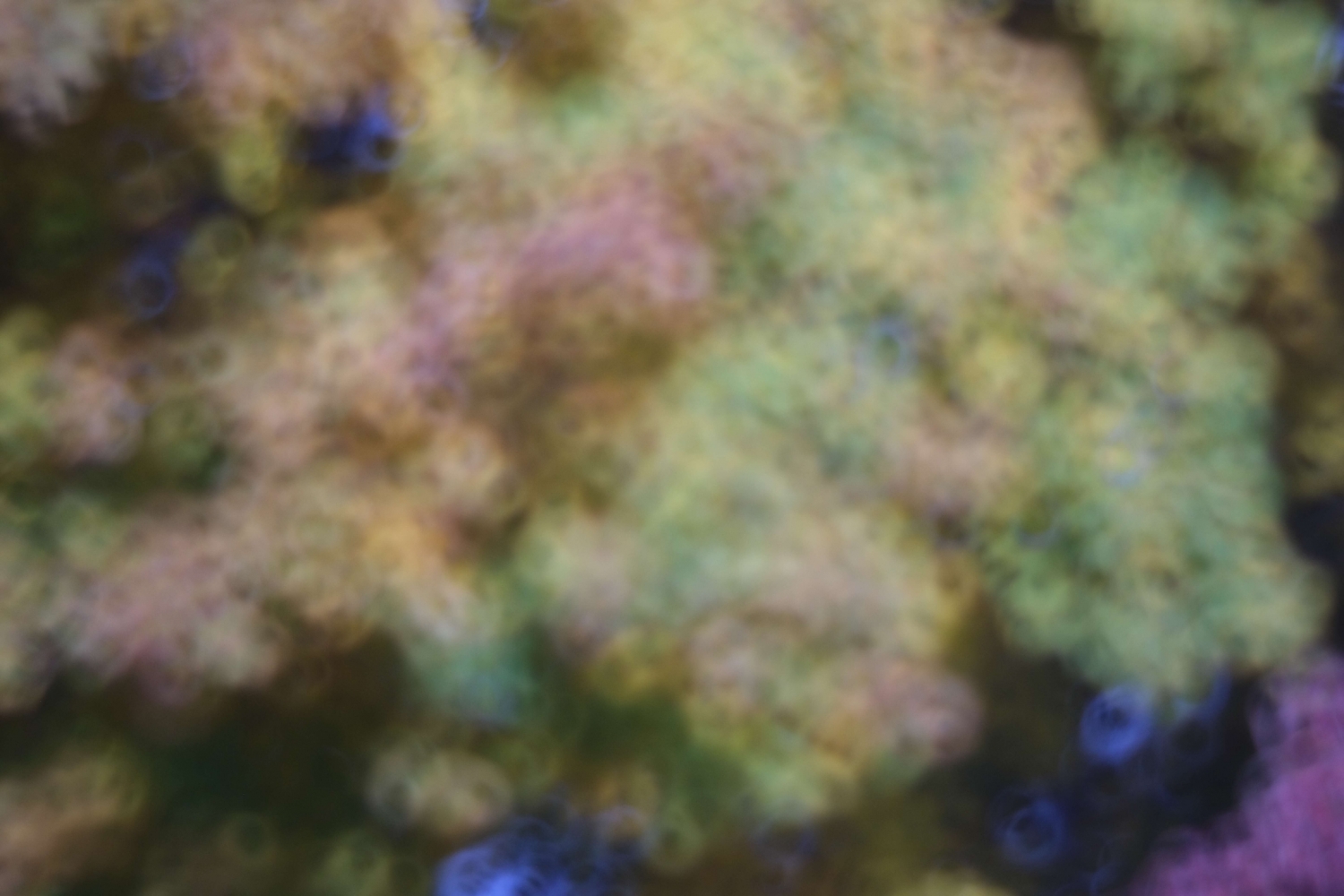
#12
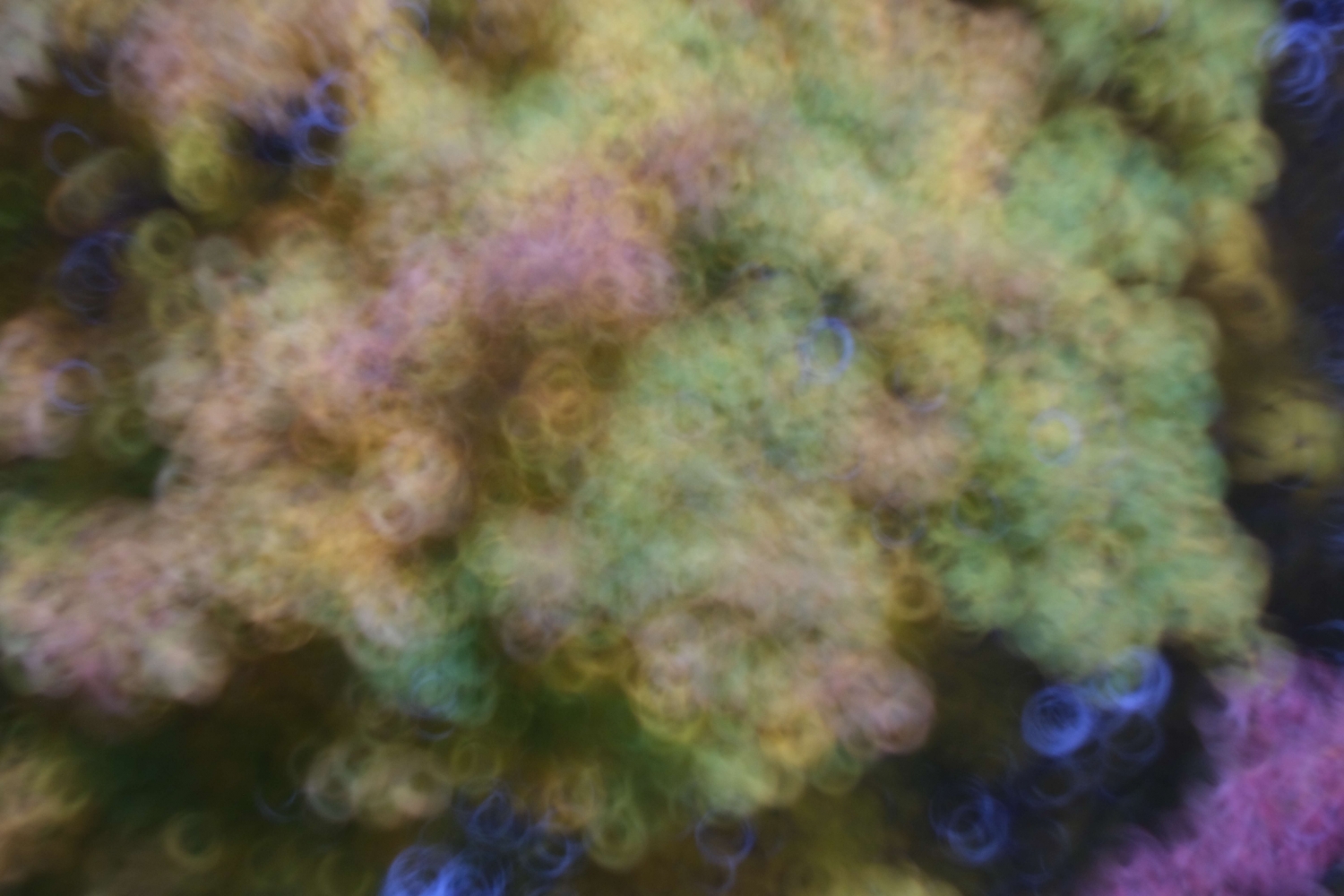 |
|
| Back to top |
|
 |
D1N0


Joined: 07 Aug 2012
Posts: 2536
|
 Posted: Sun Nov 14, 2021 9:06 pm Post subject: Posted: Sun Nov 14, 2021 9:06 pm Post subject: |
 |
|
D1N0 wrote:
Interesting. What does the aperture look like? Do you get hexagonal donuts?
_________________
pentaxian |
|
| Back to top |
|
 |
xaprb

Joined: 28 Jan 2021
Posts: 171
|
 Posted: Sun Nov 14, 2021 10:50 pm Post subject: Posted: Sun Nov 14, 2021 10:50 pm Post subject: |
 |
|
xaprb wrote:
Sorry, I was not very clear about this, but some of the pairs of the sample photos I shot show the effect of the aperture at max and min. It's not a diaphragm with blades (I know there are also some rare mirror lenses constructed that way, but this one is different). The effect is that the circular "donut" becomes thinned out but remains circular. It reduces light so you can reduce shutter speed, but doesn't change depth of field. In fact, "stopping down" by thinning the donut bokeh rings will actually exaggerate the harshness of the out-of-focus areas and lead to an apparent reduction in depth of field, the opposite of what happens with most lenses.
Here's some composite shots of max-and-min aperture to show the effect more clearly.
#1
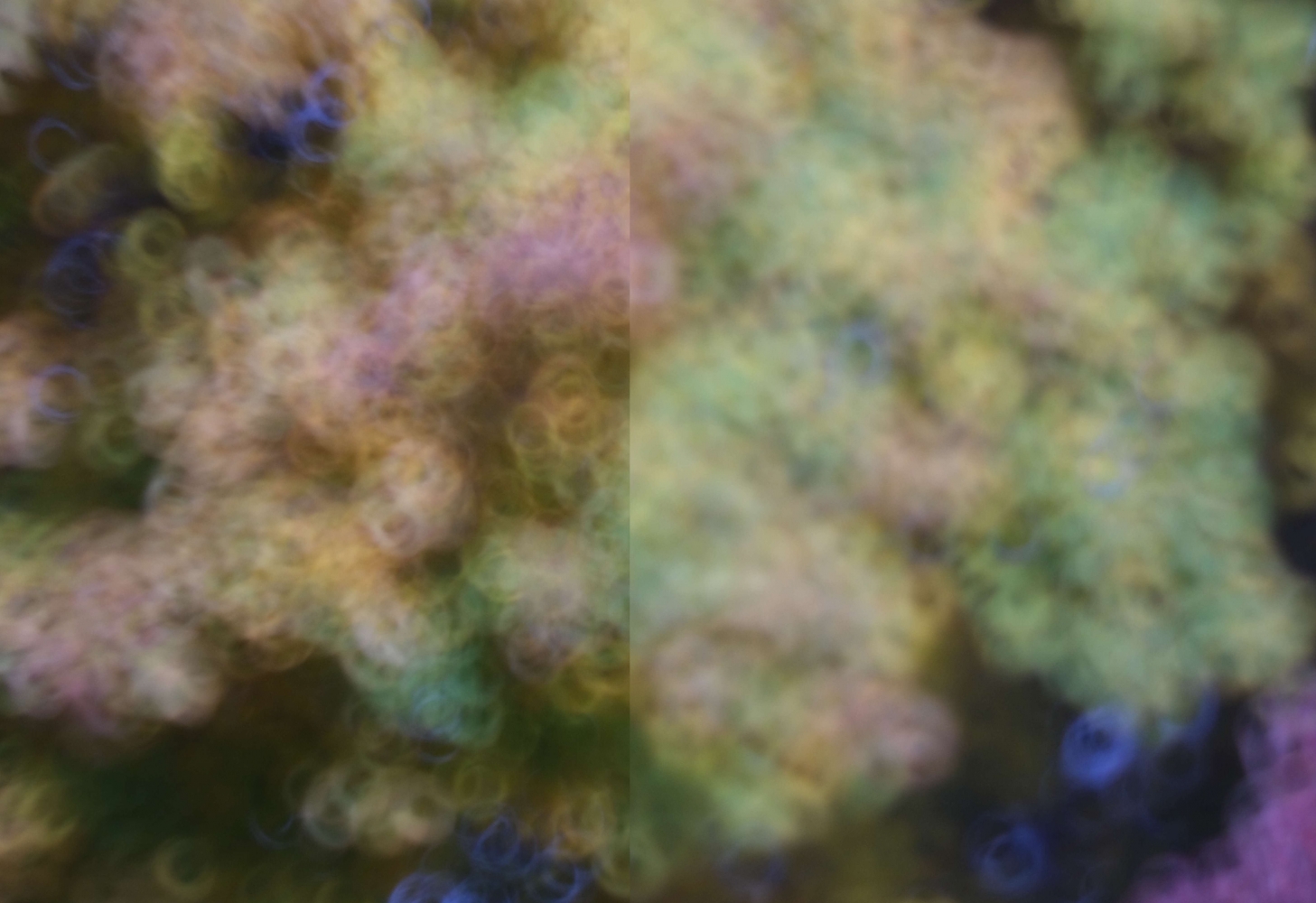
#2

#3
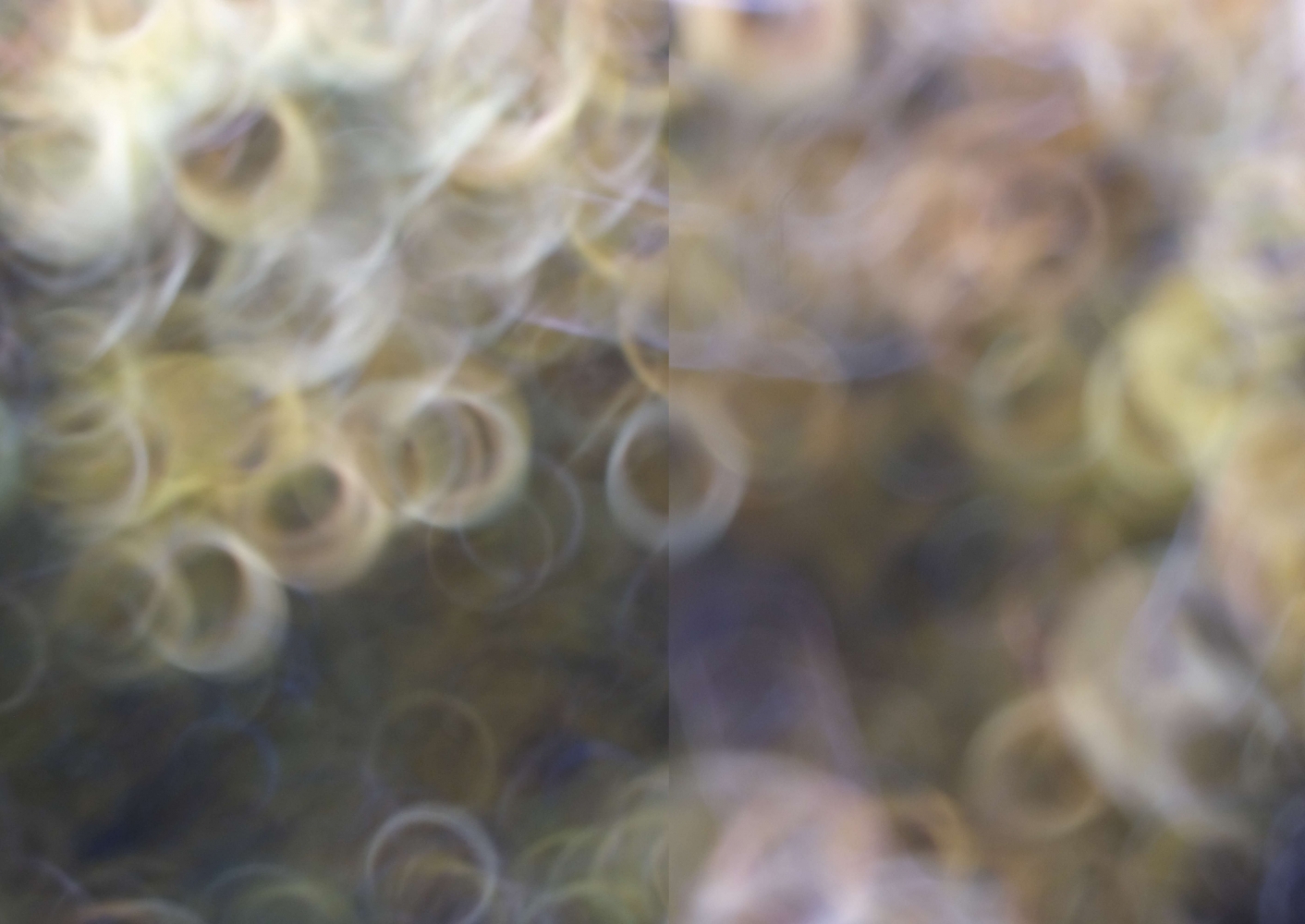 |
|
| Back to top |
|
 |
D1N0


Joined: 07 Aug 2012
Posts: 2536
|
 Posted: Sun Nov 14, 2021 11:58 pm Post subject: Posted: Sun Nov 14, 2021 11:58 pm Post subject: |
 |
|
D1N0 wrote:
So bokeh gets smoother stopping down
_________________
pentaxian |
|
| Back to top |
|
 |
xaprb

Joined: 28 Jan 2021
Posts: 171
|
 Posted: Mon Nov 15, 2021 12:06 am Post subject: Posted: Mon Nov 15, 2021 12:06 am Post subject: |
 |
|
xaprb wrote:
Well, it’s a matter of opinion, but to my eye, the bokeh is harsher stopping down, as the donuts get larger holes in the middle. Whereas stopping down a non-mirror lens gives less blur and more depth of field, this lens gives harsher blur, and I believe it will give less apparent depth of field although that is TBD. |
|
| Back to top |
|
 |
D1N0


Joined: 07 Aug 2012
Posts: 2536
|
 Posted: Mon Nov 15, 2021 12:16 am Post subject: Posted: Mon Nov 15, 2021 12:16 am Post subject: |
 |
|
D1N0 wrote:
Then I think there is some confusion about max/min aperture. Max is wide open in my mind, not the highest F number.
_________________
pentaxian |
|
| Back to top |
|
 |
xaprb

Joined: 28 Jan 2021
Posts: 171
|
 Posted: Mon Nov 15, 2021 4:31 pm Post subject: Posted: Mon Nov 15, 2021 4:31 pm Post subject: |
 |
|
xaprb wrote:
Yes, it's confusing, and it is completely my fault: I referenced max/min in the text, and composited the photos in the opposite order. My apologies. I have labeled the photos for clarity, and will re-upload below.
#1
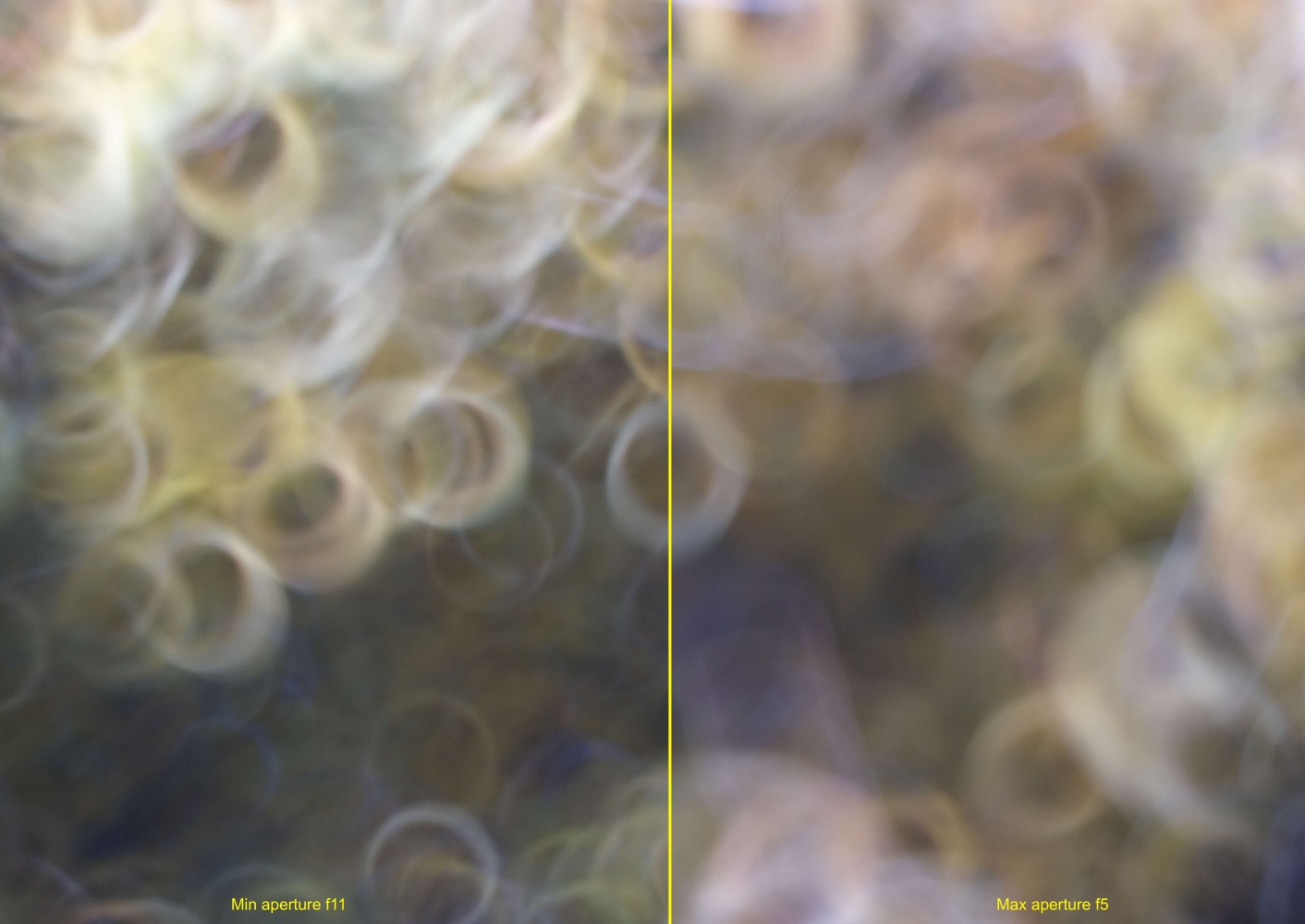
#2
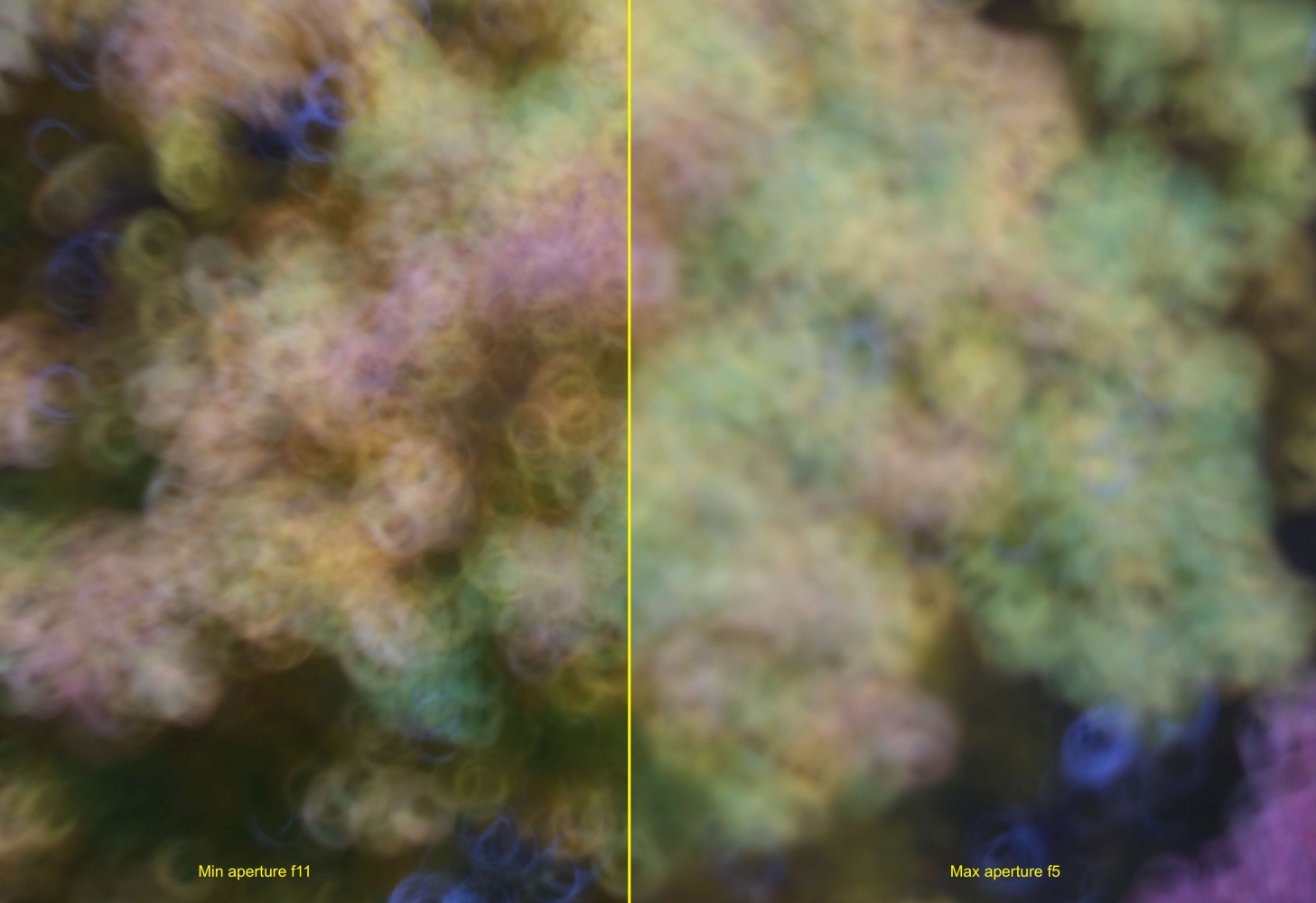
#3
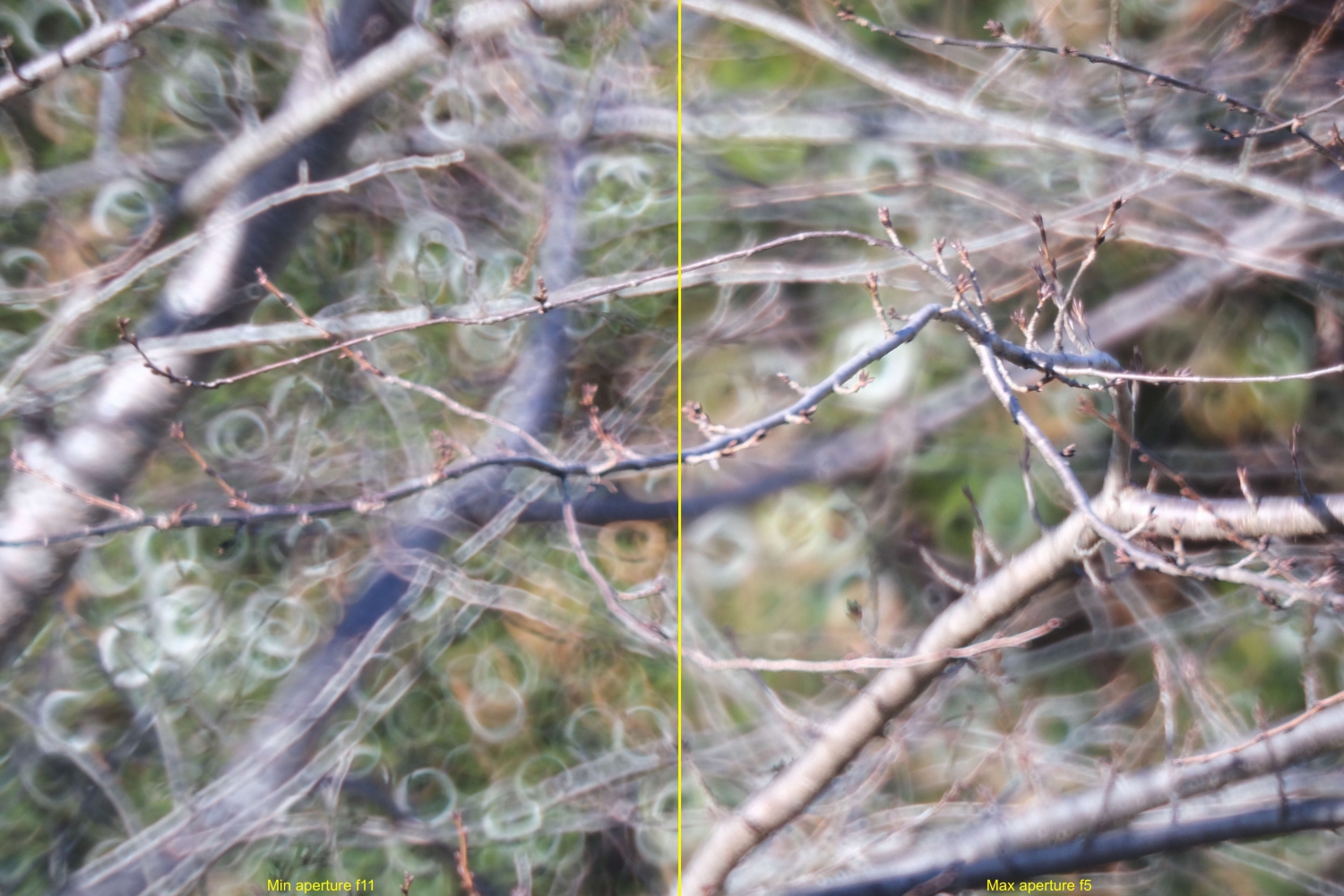 |
|
| Back to top |
|
 |
|
|
|
You cannot post new topics in this forum
You cannot reply to topics in this forum
You cannot edit your posts in this forum
You cannot delete your posts in this forum
You cannot vote in polls in this forum
|
